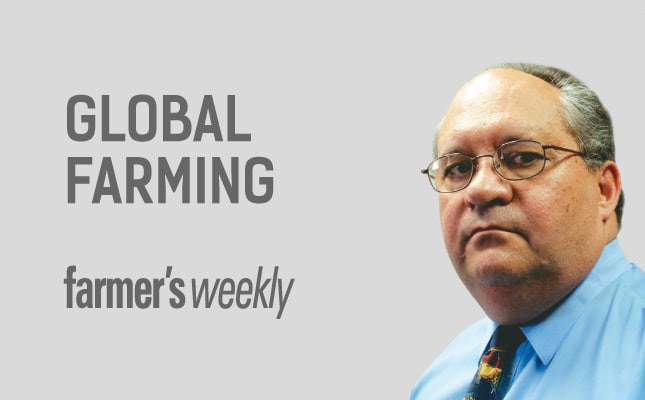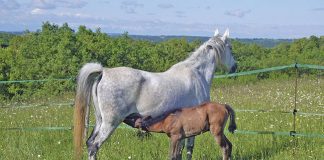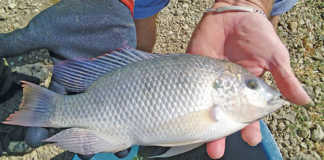
Farming is not for the faint-hearted. In addition to adverse climatic conditions, farmers have to cope with rising costs and stagnant product prices.
Worldwide, farmers face two gaps in their income stream. On the one hand, the gap between farm product prices and input costs is closing; on the other, the gap between farm and retail prices is widening. A producer must manage both rising input costs and farm prices that do not keep up with retail prices.
While price volatility may cause prices for specific products to rise or fall from time to time, the long-term trend will prevail.
The gap between input costs and product prices
Farmers usually concern themselves more with product prices than input costs, yet they usually have less control over the first than the second.
Yet they can take action to limit increases in input costs. For one, they’re good negotiators, as anyone who ever visited a stock sale will know, but it seems they use very few of these negotiating skills when buying inputs.
A farmer recently complained on social media about the price of yellow maize at the local co-op.
While he got quite a few ‘Likes’, no one asked the obvious question: why are you buying at the co-op?
It’s more difficult to buy directly from a grain producer, but the saving of the area-differential between producer and buyer can make up for a lot of extra effort.
Negotiating strength
One way of ensuring better prices is to join up with other farmers. A single farmer has little negotiating power; a group of farmers working together has the buying power to negotiate discounts.
The input supplier market is highly concentrated, with only a few large firms supplying a specific animal feed, fertiliser or veterinary medicine.
The products are also fairly standardised. For example, all manufacturers produce an 18% crude protein dairy feed. They distinguish their product by trying to convince the farmer through advertising that their version is better than their competitors’.
Farmers’ groups who ignore this advertising noise and compare prices for the same product from different suppliers often find they can enjoy substantial savings.
The gap between farm and retail prices
In contrast, the gap between farm and retail prices is widening. While supply and demand influence producer prices, retail prices are much less volatile and tend to be ‘sticky on the top’. Retail prices closely follow producer prices in upward phases of the cycle, but not in downward phases.
When a farmer receives R4/ℓ of milk and the consumer pays R12 or more, it seems logical that the farmer should enter the off-farm value chain to get a larger share of the R12.
However, as many milk producers have found out, adding another enterprise to a business can result in huge cost increases and heavy management requirements.
Only a few farmers who entered the off-farm value chain have been successful. In most of these cases, the farmers have invested in professional management to run the off-farm parts of the enterprise.
In many cities and towns, markets have been established where farmers can sell farm-produced goods directly to the consumer. However, the volume traded at these is very small.
Farmers can also increase their share of the consumer’s rand by linking themselves to a progressive agribusiness. So, rather than trying to sell directly to the consumer or retailer, they can focus on producing high-quality products and ensuring a reliable supply.
Production efficiency is key
In summary, farmers face two changing gaps in their income stream. Fortunately, there are ways to address these, either individually or in partnership with others.
Yet, while it’s important to strive for lower input costs and higher product prices, production efficiency is a key determinant of profitability.
As a farmer has more control over this than over costs and pricing, it should remain a prime focus area.











